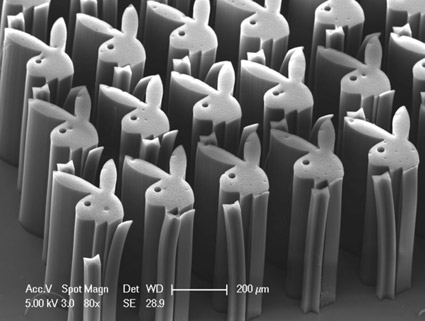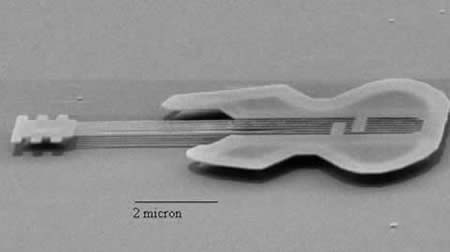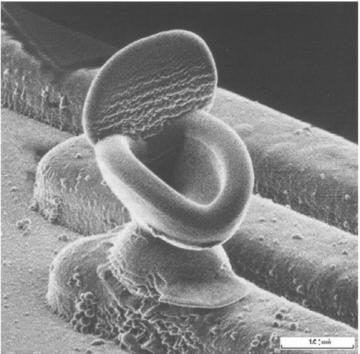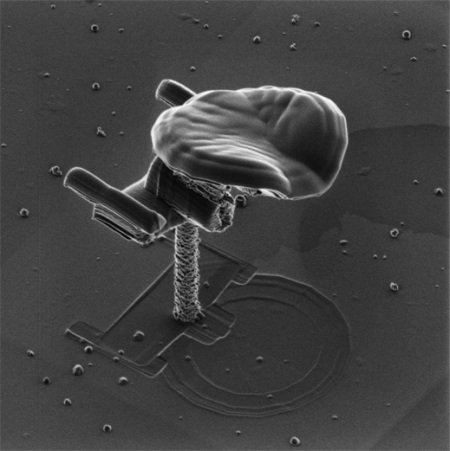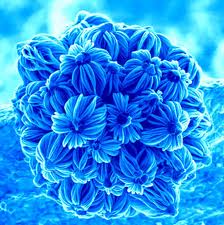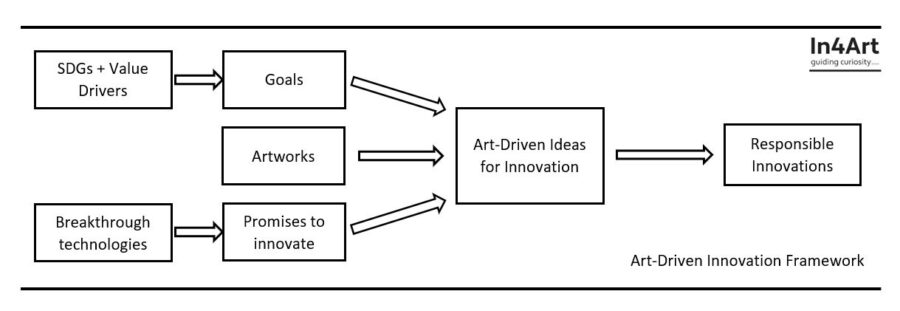A Pair of Projects
The title to this post might sound very serious, but really I wanted to take a look at two projects that play with the relationship between morality and artificial intelligence.
The first is Delphi, operated by the Alen Institute for Artificial Intelligence.
Delphi
Delphi is a research prototype designed to model people’s moral judgments on a variety of everyday situations. You enter a question with a moral aspect, and the website offers you a response on whether what you are proposing is right or wrong.
There are lots of suggestions for question ideas, such as whether it is OK to kill a bear, or ignore a call from your boss during working hours and many others. Or you can invent your own.
I asked whether it was OK to lie to your children about your own alcohol intake, and the answer given was that this is not right. You can then submit an argument that I hope the machine analyzes and uses for future decisions. I suggested that maybe such lies could be justified, for example if the aim was to prevent them becoming attracted to alcohol in the case that their parents were secretly fighting addiction.
The creators have written an academic paper that describes their work. I have taken the following from it:
What would it take to teach a machine to behave ethically? While broad ethical rules may seem straightforward to state (“thou shalt not kill”), applying such rules to real-world situations is far more complex. For example, while “helping a friend” is generally a good thing to do, “helping a friend spread fake news” is not. We identify four underlying challenges towards machine ethics and norms: (1) an understanding of moral precepts and social norms; (2) the ability to perceive real-world situations visually or by reading natural language descriptions; (3) commonsense reasoning to anticipate the outcome of alternative actions in different contexts; (4) most importantly, the ability to make ethical judgments given the interplay between competing values and their grounding in different contexts (e.g., the right to freedom of expression vs. preventing the spread of fake news).
The paper begins to address these questions within the deep learning paradigm. Our prototype model, Delphi, demonstrates strong promise of language-based commonsense moral reasoning, with up to 92.1% accuracy vetted by humans. This is in stark contrast to the zero-shot performance of GPT-3 of 52.3%, which suggests that massive scale alone does not endow pre-trained neural language models with human values. Thus, we present COMMONSENSE NORM BANK, a moral textbook customized for machines, which compiles 1.7M examples of peo[1]ple’s ethical judgments on a broad spectrum of everyday situations. In addition to the new resources and baseline performances for future research, our study pro[1]vides new insights that lead to several important open research questions: differ[1]entiating between universal human values and personal values, modeling different moral frameworks, and explainable, consistent approaches to machine ethics.
Moral Machine
The second website is Moral Machine, also a University led research project (in this case a consortium.
On this website you are asked to judge a series of scenario related to driverless car technology. You are shown two possible courses of action in the event of an accident and you chose which you would take.
At the end your answers are analized in terms of your preferences and you can take a survey to participate in the research.
This is also quite challenging and fun. Do you hit young or old, or overweight or fit?
There is a link to a cartoon series and a book, summarized so:
The inside story of the groundbreaking experiment that captured what people think about the life-and-death dilemmas posed by driverless cars.
Human drivers don’t find themselves facing such moral dilemmas as “should I sacrifice myself by driving off a cliff if that could save the life of a little girl on the road?” Human brains aren’t fast enough to make that kind of calculation; the car is over the cliff in a nanosecond. A self-driving car, on the other hand, can compute fast enough to make such a decision—to do whatever humans have programmed it to do. But what should that be? This book investigates how people want driverless cars to decide matters of life and death.
In The Car That Knew Too Much, psychologist Jean-François Bonnefon reports on a groundbreaking experiment that captured what people think cars should do in situations where not everyone can be saved. Sacrifice the passengers for pedestrians? Save children rather than adults? Kill one person so many can live? Bonnefon and his collaborators Iyad Rahwan and Azim Shariff designed the largest experiment in moral psychology ever: the Moral Machine, an interactive website that has allowed people —eventually, millions of them, from 233 countries and territories—to make choices within detailed accident scenarios. Bonnefon discusses the responses (reporting, among other things, that babies, children, and pregnant women were most likely to be saved), the media frenzy over news of the experiment, and scholarly responses to it.
Boosters for driverless cars argue that they will be in fewer accidents than human-driven cars. It’s up to humans to decide how many fatal accidents we will allow these cars to have.
10 minutes of thought-provoking fun. You might want to follow up with a look at this little booklet prepared by the Bassetti Foundation about the self-driving society. I wrote some of it!
